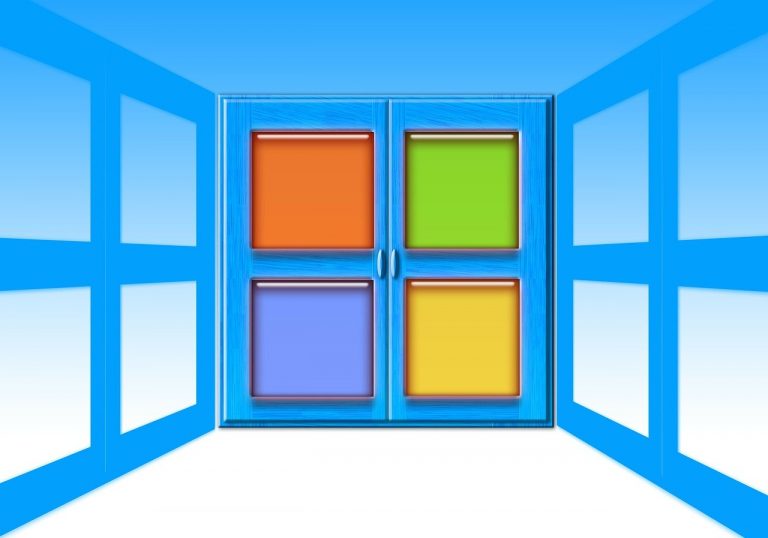Understanding Serverless Computing: Benefits for Businesses and Implementation Strategies
In the world of cloud computing, serverless computing has emerged as a transformative technology, offering a novel approach to application development and deployment. Unlike traditional cloud models where you manage and provision servers, serverless computing abstracts away the server management, allowing developers to focus solely on writing and deploying code. This article delves into what serverless computing is, how it benefits businesses, and provides a strategic approach to implementing serverless solutions from a project management perspective.
What is Serverless Computing?
Serverless computing, often referred to as Function as a Service (FaaS), is a cloud computing model where the cloud provider manages the infrastructure and operational aspects of server management. Instead of provisioning and maintaining servers, developers deploy individual functions or pieces of code that execute in response to events, such as HTTP requests or database changes.
Benefits of Serverless Computing for Businesses
1. Cost Efficiency
One of the most significant advantages of serverless computing is its cost model. With serverless architecture, businesses pay only for the compute time used by their code. There are no costs associated with idle server time, making it a cost-effective solution, especially for applications with variable or unpredictable usage patterns.
2. Scalability
Serverless platforms automatically handle scaling based on the demand. Whether your application experiences a sudden surge in traffic or a gradual increase, the serverless architecture adjusts to accommodate the workload. This eliminates the need for manual scaling and ensures optimal performance without over-provisioning resources.
3. Reduced Operational Overhead
By abstracting away the server management, serverless computing reduces the operational overhead associated with maintaining infrastructure. Developers can focus on coding and deploying applications without worrying about server maintenance, patching, or capacity planning.
4. Faster Time to Market
Serverless computing enables rapid development and deployment of applications. Developers can quickly deploy code in response to events, facilitating continuous integration and continuous deployment (CI/CD) practices. This agility accelerates the time to market for new features and applications.
5. Improved Reliability
Serverless platforms often come with built-in redundancy and fault tolerance. This means that even if one function fails, the system can continue to operate, and the cloud provider handles the failover and recovery processes. This enhances the reliability and availability of your applications.
Approaching Serverless Computing Implementation: A Project Management Perspective
Implementing serverless computing requires careful planning and execution. Here’s a structured approach to ensure a successful transition:
1. Assess Your Use Case
Before diving into implementation, evaluate whether serverless computing is suitable for your use case. Consider the following:
- Application Type: Serverless computing is ideal for applications with event-driven architectures, such as APIs, data processing pipelines, or microservices.
- Usage Patterns: Assess if your application has variable or unpredictable workloads that would benefit from the scalability and cost-efficiency of serverless computing.
2. Design a Serverless Architecture
Designing a serverless architecture involves defining how different functions will interact and respond to events. Key considerations include:
- Function Granularity: Break down your application into discrete functions or services. Each function should handle a specific task or event.
- Event Sources: Identify the events that will trigger your functions, such as HTTP requests, database changes, or file uploads.
- Integration Points: Plan how your serverless functions will interact with other services and resources, such as databases, messaging queues, or external APIs.
3. Select the Right Serverless Platform
Choose a serverless platform that aligns with your requirements. Major cloud providers offer serverless solutions, each with its features and integrations:
- AWS Lambda: A widely used serverless computing service that integrates with various AWS services.
- Azure Functions: Offers extensive integration with Microsoft Azure services and tools.
- Google Cloud Functions: Provides a serverless environment for deploying functions in response to events from Google Cloud services.
4. Implement and Test Functions
Start implementing your serverless functions based on the design. Focus on:
- Code Development: Write and test functions locally before deploying them to the cloud. Ensure that your code handles edge cases and potential errors.
- Deployment: Use the deployment tools and pipelines provided by the serverless platform to deploy functions. Consider implementing CI/CD practices for automated deployment.
5. Monitor and Optimize
After deployment, continuous monitoring and optimization are crucial:
- Monitoring: Utilize monitoring and logging tools to track function performance, error rates, and resource usage. Most serverless platforms provide built-in monitoring capabilities.
- Optimization: Analyze the performance metrics to identify and optimize any bottlenecks. Optimize function code, adjust memory allocations, or refactor functions for better efficiency.
6. Manage Security and Compliance
Address security and compliance considerations:
- Access Controls: Implement proper access controls and permissions for your serverless functions and associated resources.
- Data Security: Ensure that data is encrypted in transit and at rest. Follow best practices for handling sensitive data and compliance requirements.
Conclusion
Serverless computing represents a paradigm shift in how applications are developed and deployed. By embracing this technology, businesses can benefit from cost efficiency, scalability, reduced operational overhead, and faster time to market. However, successful implementation requires careful planning, architecture design, and ongoing management.
Approaching serverless computing from a project management perspective involves assessing use cases, designing a robust architecture, selecting the right platform, implementing and testing functions, and continuously monitoring and optimizing performance. By following these steps, organizations can leverage serverless computing to drive innovation and achieve greater efficiency in their application development processes.







